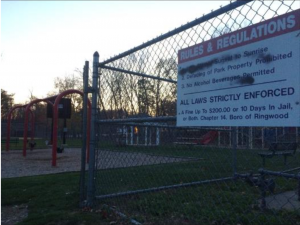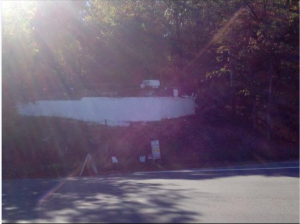Frequently Asked Questions:
What is photovoice?
-
- “Photovoice is a participatory action research methodology” that “provides the opportunity for community members to creatively document their concerns and simultaneously act as ‘catalysts for change'”
- “It ignites interest about important topics that are relevant within a community and allows a community to express themselves through photography. Photovoice breaks past language and traditional communication barriers that often prevent members of a group from expressing their concerns”
- Source: “Tools for Action: Facilitator’s Toolkit for a Photovoice Project.” County Health Rankings & Roadmaps, 24 May 2021, https://www.countyhealthrankings.org/resources/facilitators-toolkit-for-a-photovoice-project
Why photovoice?
-
- Photovoice provides insight to researchers, policymakers, and educators through visual methods. Photos can help participants and researchers better communicate and understand the needs of a community.
What is an appropriate photo?
-
- Participants can use (their own) images that help depict the intersections of race and democracy.
- A short narrative helps the photographer deliver a clear message.
- Here are two examples of photos and narratives used for a photovoice project that examines substance abuse in a community:
- Participants can use (their own) images that help depict the intersections of race and democracy.
Example 1:

By Katie Ruhl
“This is Skyline Park. It has a baseball field, a basketball court, and a playground with a gazebo. As per most parks, there is a sign with rules and regulations along with consequences for breaking those rules. What you don’t see is the place where most addicts drank their first beer, smoked their first joint or shot up for the first time. In high school, this was where we came to ‘hang out,’ which meant drink or do drugs. When you said you were going to Skyline Park your friends knew what you were going to do there, regardless of the sign.
After it became known to most parents what actually went on at this park, I was no longer allowed to hang out there after school and most importantly after dark. From experience, cops have driven by, telling us to get lost. But we never did. It was dark. We just quieted down. Enforcement of these rules and regulations may have deterred some people from using for their first time. When I was a teenager, I would have said it was ‘lame’ when a cop would tell us to leave, but now I wish they had done more than that, especially for some of my friends.”
Example 2:

By Kyle Ormston
“What used to be a creative way of publicly celebrating birthdays and igniting team spirit has become a billboard for the latest overdose victim.
This once fun local tradition has evolved into a depressing reminder of the loved ones we have lost.
The blank wall represents not knowing ‘who will be next.'”
How do I participate?
-
- Participation does not require you to have any specific camera or qualifications as a photographer. Whether you wish to use an existing photo or take a new one, what you decide to use as your submission is up to you, so long as it represents your perception of race & democracy in Northeast Ohio.
- We will keep participants updated throughout the whole process. Your photo will only be used within your comfort zone. Photos can be used with the photographer’s name attached or anonymously.
Why do you need my name and email address?
-
- This information will help us stay in contact with you regarding the use of your photo submission.
Tips and Techniques for Choosing a Good Photo:
-
- Photovoice is an opportunity for you to share you own perspective. To effectively portray your viewpoint, you can use different angles, colors, and focus.
- A photo taken in color could bring deeper meaning edited in black and white, or vice-versa.
- You may choose to focus your image on a subject, or emphasize the background to show your surroundings and the “bigger picture.”
- Playing with different camera angles could bring new focus on one centered object while capturing the landscape on a larger scale.
- While there is no rule book to a perfect photo or submission, it is important to reflect on the idea of bringing your image to live in order to tell your story.
- Photovoice is an opportunity for you to share you own perspective. To effectively portray your viewpoint, you can use different angles, colors, and focus.
Additional Resources:
-
- Kainai Photovoice
- The Kainai photovoice project engaged Aboriginal students in Canada by asking them to depict “barriers and facilitators of wellness” and photos that represent “a healthy school community.” The study revealed that participants prioritized nature and social connections to aid their well-being, challenging previously implemented health initiatives that focused on physical education and healthy eating.
- Picturing the Coping Strategies of Caregiving Children in Western Kenya: From Images to Action
- This study provided resources to caregiving children in Western Kenya to better understand their needs; asking “(1) What is good about your life? (2) Who helps you? (3) What keeps you strong? And (4) What needs to change?” Their images revealed a necessity for food and income generation as part of their care for sick adults. Action plans were then developed around these findings.
- Kainai Photovoice
